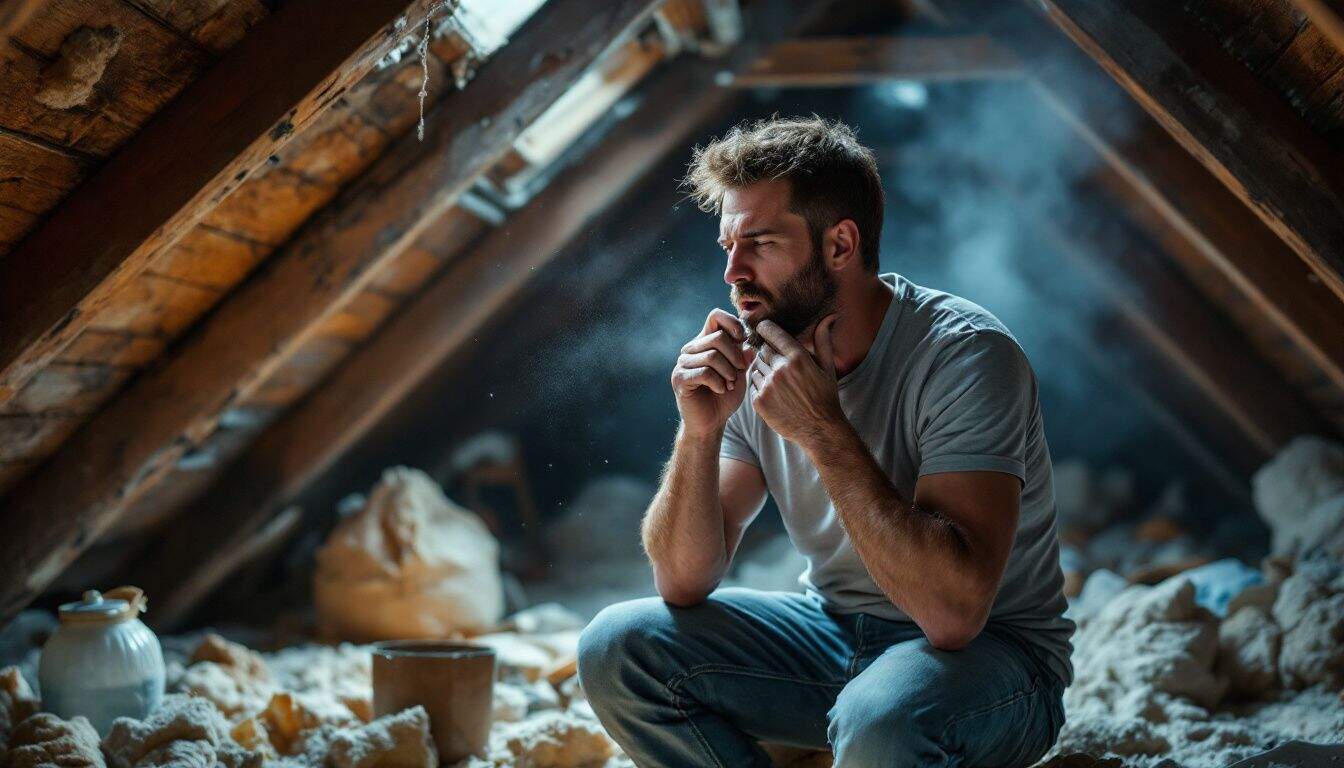Understanding Asbestlint: Hidden Danger in Plain Sight
Asbestlint is a term used to describe fine, lint-like dust or particles made of, or contaminated with, asbestos fibers. While the word may sound harmless at first glance, asbestlint is a silent hazard that can pose serious health risks if left unmanaged. This article dives deep into what asbestlint is, how it forms, where it’s found, why it’s dangerous, and what steps can be taken to prevent exposure.
What is Asbestlint?
Asbestlint is not just ordinary lint. It consists of microscopic fragments that contain asbestos—a once-popular material used for insulation, fireproofing, and construction. When asbestos breaks down due to age, damage, or disturbance, it can create tiny airborne particles. These fibers can mix with dust or lint and settle in unexpected areas, creating what we now understand as asbestlint.
How Asbestlint Forms
The formation of asbestlint can happen through various processes. Some of the common sources include:
- Old insulation breaking down
Many older buildings still have asbestos-containing insulation in walls, ceilings, or around pipes. As the material deteriorates, it crumbles and releases fibers. - Mechanical wear and tear
Fans, vents, and HVAC systems can dislodge asbestos fibers from surrounding materials, especially if the components vibrate or experience friction. - Construction or renovation work
Any activity that disturbs asbestos-based materials can generate airborne dust. When this dust settles, it can accumulate in lint traps, filters, and soft surfaces.
Common Locations Where Asbestlint May Appear
Asbestlint does not remain in one location. Because it is fine and lightweight, it can travel through air currents and settle almost anywhere. Typical areas where it might be found include:
- Air ducts and vents
The lint that collects in HVAC systems may contain asbestos if the system pulls in contaminated air from affected parts of a building. - Attics and crawl spaces
These often-overlooked areas may hold old insulation or debris from damaged construction materials, creating a reservoir of asbestlint. - Around machinery
In industrial environments, machines that used asbestos insulation or gaskets may produce dust containing fibers. - Basements with old pipe wrappings
Wrappings and lagging used to cover old pipes are sometimes made of asbestos-containing materials. When these break down, they can release lint-like fibers.
Why Asbestlint is Hazardous
The danger of asbestlint lies in its invisibility and the fact that it can be inhaled easily. Once asbestos fibers enter the body, especially through the lungs, they can cause long-term health problems, including:
- Asbestosis
A chronic lung condition resulting from prolonged inhalation of asbestos particles. - Mesothelioma
A rare and aggressive form of cancer that affects the lining of the lungs or abdomen. - Lung cancer
The risk of lung cancer increases significantly for individuals exposed to asbestos fibers, especially those who smoke. - Other respiratory issues
Long-term exposure can lead to scarring, inflammation, and breathing difficulty even in non-cancerous cases.
Because asbestlint is not always easy to detect, people may unknowingly be exposed to it for years before symptoms appear.
Who is at Risk of Exposure?
Anyone can be exposed to asbestlint, but some people face higher risks due to their environment or work. These include:
- Construction workers
Renovating old buildings or tearing down structures can expose workers to fibers hidden in walls and ceilings. - Maintenance personnel
Individuals who work with ventilation, plumbing, or electrical systems in older buildings often encounter dust that may contain asbestos. - Homeowners of older houses
DIY projects involving sanding, drilling, or repairing insulation in older homes could unknowingly disturb asbestos-laden materials. - Industrial workers
Those employed in manufacturing plants, refineries, or shipyards—especially older facilities—may come into contact with asbestos through equipment or surroundings.
How to Identify Asbestlint
Identifying asbestlint is not straightforward. It often resembles regular dust or lint, making it impossible to confirm its presence through visual inspection alone. Here are a few signs that may warrant concern:
- Old building materials nearby
If lint is accumulating in areas near old insulation, tile, or pipe coverings, there is a chance it may contain asbestos. - Presence in filters and vents
Lint found in HVAC filters in older buildings may carry asbestos fibers if nearby materials contain it. - Fibrous appearance
Asbestlint often has a slightly fibrous or thread-like appearance, unlike typical household dust.
To confirm the presence of asbestos, professional lab testing is required. Samples must be handled carefully to avoid airborne contamination.
Preventing Exposure to Asbestlint
There are several proactive steps that individuals and organizations can take to limit exposure:
1. Inspection by Professionals
Always have a qualified asbestos professional inspect older buildings. Never attempt to remove suspected materials on your own.
2. Use Proper Ventilation and Filters
Install HEPA filters in HVAC systems and change them regularly. These filters can trap microscopic particles and reduce airborne risks.
3. Avoid Disturbing Unknown Materials
If you suspect a surface or material contains asbestos, leave it undisturbed. Disturbance is the main trigger for fiber release.
4. Routine Cleaning Using Safe Methods
Avoid dry sweeping or vacuuming suspected asbestlint. Use damp cloths or specially designed vacuums with asbestos-rated filters.
5. Protective Equipment
In environments where exposure is likely, workers should wear proper protective clothing and respiratory masks designed for asbestos safety.
Handling Discovered Asbestlint
If asbestlint is found or suspected:
- Isolate the Area
Prevent access to the area until it has been assessed and cleaned by experts. - Do Not Vacuum or Sweep
Ordinary cleaning tools can stir fibers into the air. - Contact Certified Asbestos Removal Services
Only licensed professionals should remove or handle asbestos materials, including contaminated lint.
Conclusion
Asbestlint may be nearly invisible, but its effects can be severe. By learning what it is, where it forms, and how to stay safe, individuals and organizations can take responsible action. Whether you’re a homeowner, a building manager, or a contractor, understanding the risks tied to this subtle danger is a critical step in creating safer indoor environments.
Always prioritize safety. If there’s any suspicion of asbestos, don’t take chances. Professional evaluation and removal are the best paths to peace of mind and health protection.






